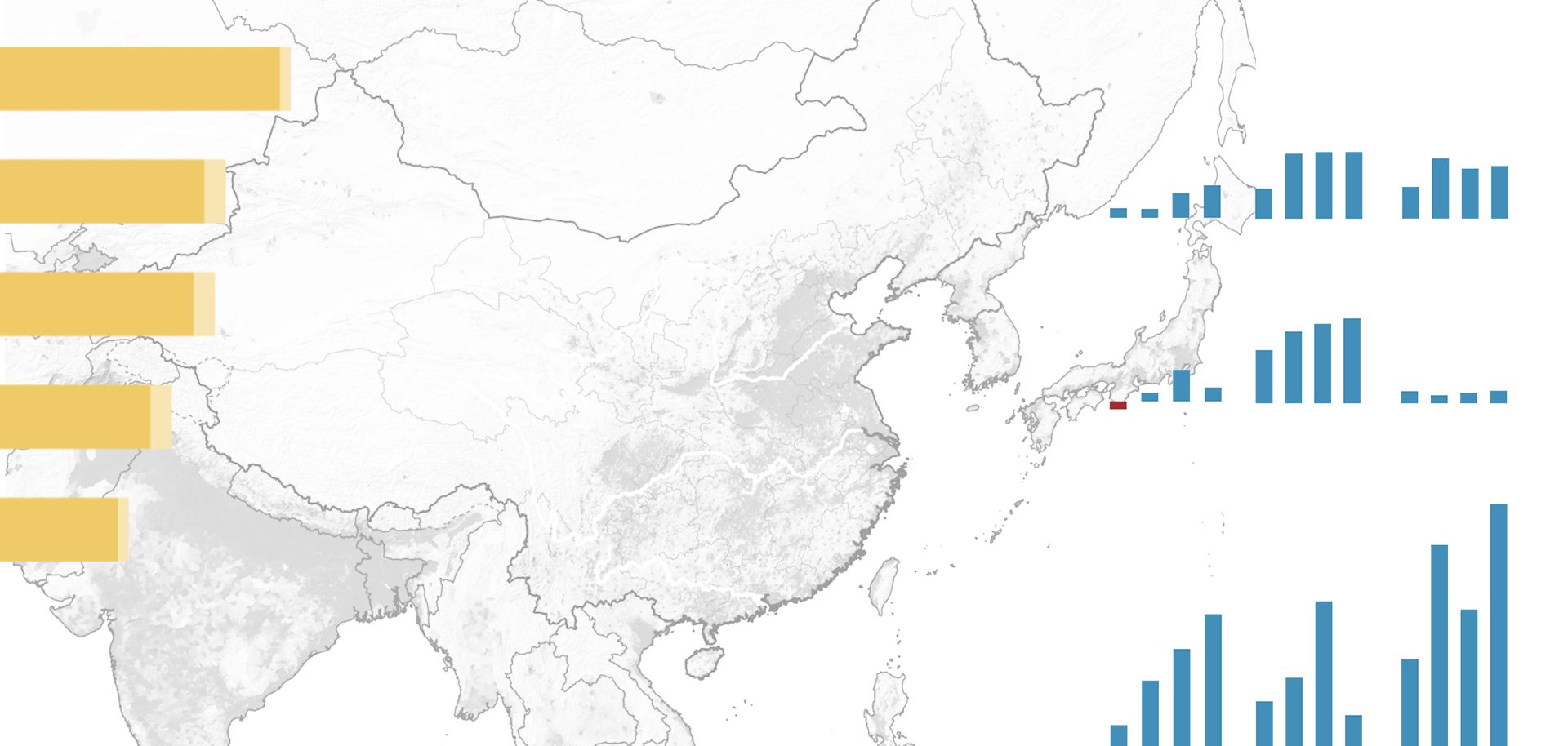
Amid the latest series of North Korean missile tests, South Korea's Ministry of Unification has reported that Pyongyang is ready to carry out its fifth nuclear weapons test detonation and may simply be waiting for a politically advantageous time to do so. Over the past few months, North Korea has apparently accelerated its efforts to develop a deployable nuclear weapon and a long-range missile delivery system. The North has also recently published sets of photos of what it claims are a miniaturized nuclear warhead alongside an uptick in rhetoric regarding the development of a viable nuclear deterrent. Although Pyongyang appears to be moving forward with its goal of creating a functional system, it still has several steps left to complete before it reaches its objective.
If the North wants to bolster the credibility of its claims of possessing a long-range nuclear deterrent, it will need to do at least two more things: conduct active re-entry tests to verify the viability of a nose cone and conduct a test of a guidance system for re-entry. These require live tests, with re-entry and preferably recovery of the re-entry vehicle. Given the general flight path of North Korean missiles and the size of North Korea, such recovery would probably be at sea, requiring additional naval developments by Pyongyang before a test could feasibly take place. While nuclear devices do not necessarily need an extremely fine guidance system — U.S. intercontinental ballistic missiles (ICBMs) with larger warheads with a five-mile margin of accuracy were considered acceptable — even a five-mile circle is fairly tiny at the end of a more than 4,000-mile (6,437-kilometer) flight.
Should the North carry out a successful demonstration of guided re-entry, it would match the United States at the stage of its earliest nuclear-armed ICBMs and mark a major step for Pyongyang. However, the world is a different place than it was in the 1950s, and technology is different, too. As we watch the North's progress, important tests to look for will include re-entry and recovery after launch. Pyongyang might develop a deployable short- or intermediate-ranged nuclear-armed missile without a re-entry test. But that would fail to achieve its intended goal of creating a demonstrable nuclear device capable of reaching the United States, which would provide what Pyongyang perceives as the insurance it needs to dissuade U.S. military action.



